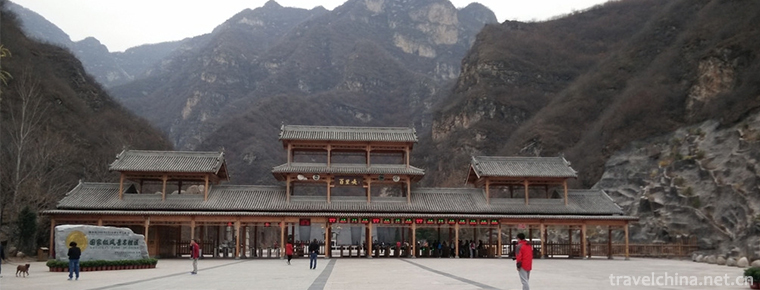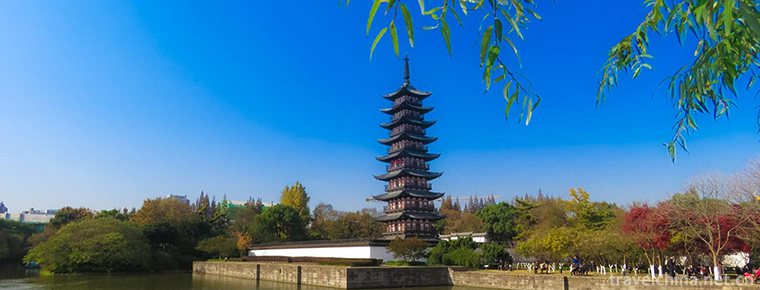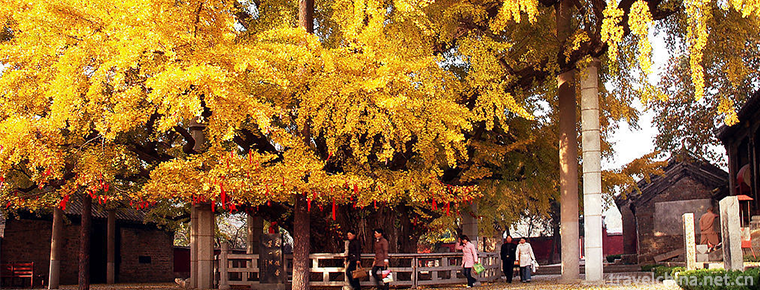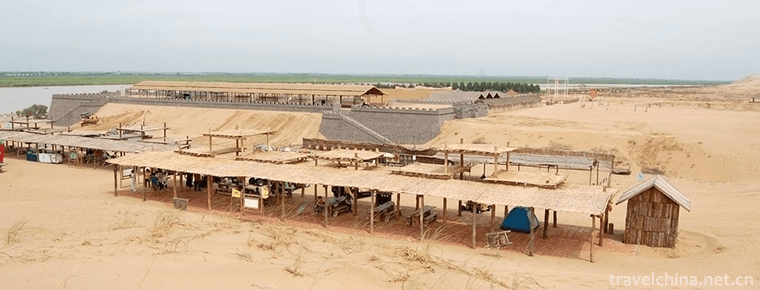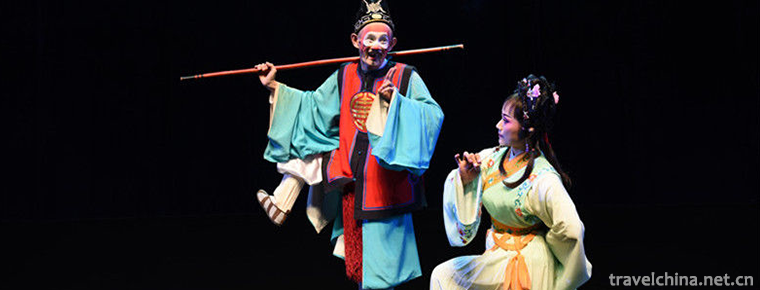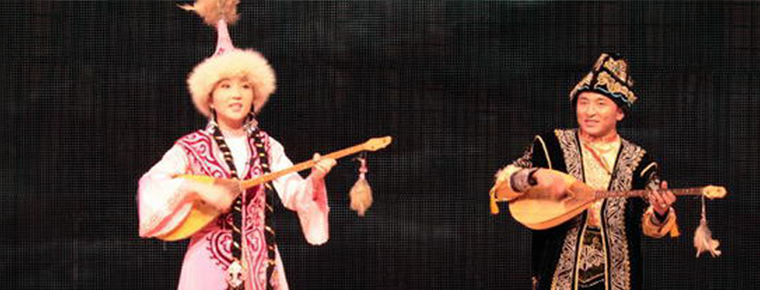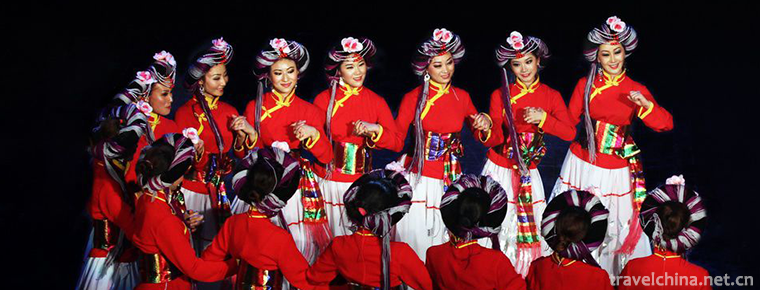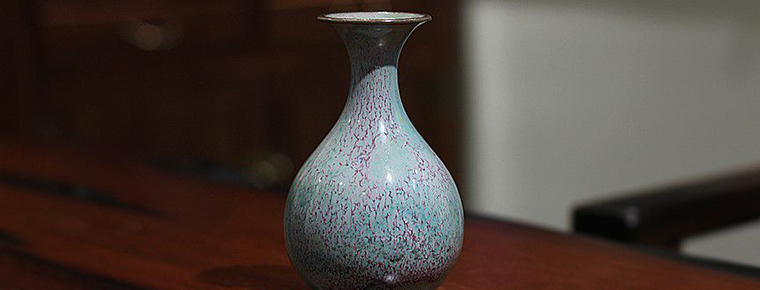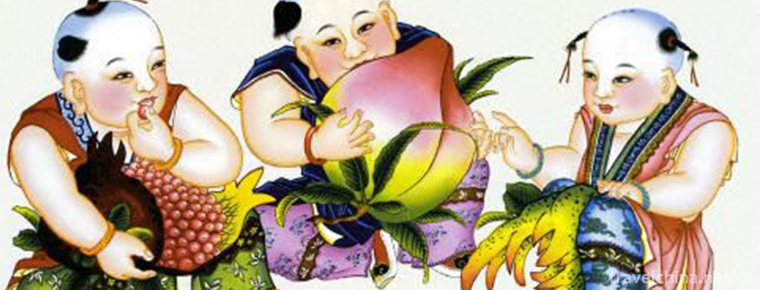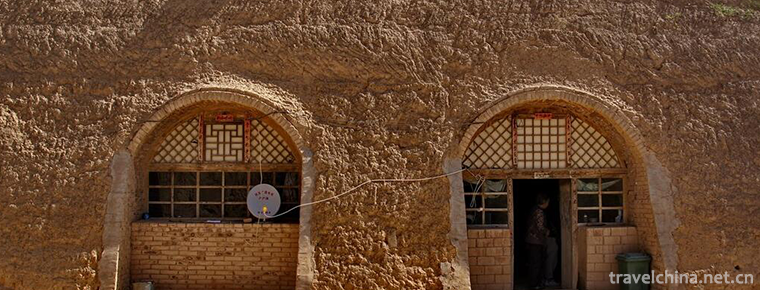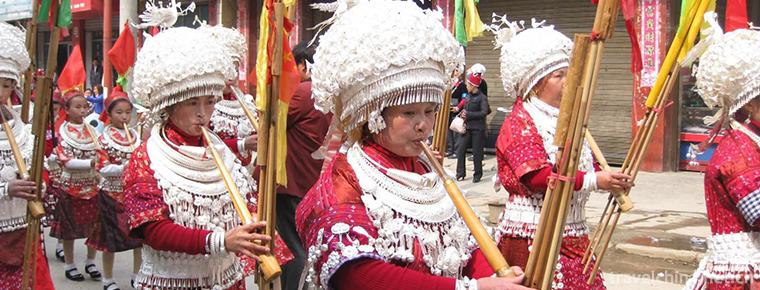Sanxianshu
Sanxianshu
Sanxianshu, also known as Qianzi Shu and Leg Blackboard Shu, is an ancient traditional rap art formed in Nanyang, Henan Province. It has a history of more than 250 years. It is named for its main accompaniment instrument, which is composed of three strings and Qianzi (small cymbal). It is one of the four major local songs. For the first time, it was a play for one person, with three strings in one's arms and legs (feet) playing and singing by oneself. Later, with the improvement of audiences'aesthetic requirements and the development of nature, Nanyang gradually evolved into a two-or-three-person opera with singers hitting hinges or octagonal drums to sing and watch, accompanied by three strings and falling Hu to help tune and interrupt in singing, which enabled the rap art to develop faster and spread more widely. Nanyang is the "hometown of opera art" named by the Chinese Opera Artists Association. Yangqu art is famous all over the country. The main types of Nanyang Quyi are major tunes and three-string books. Sanxianshu has important value and influence.
On June 7, 2008, Sanxianshu was approved by the State Council and listed in the second batch of national intangible cultural heritage list.
Introduction to Sanxian Books
Sanxianshu's singing style is simple and unadorned, lively in form, rich in local flavor, deeply loved by the people. It is a typical traditional rap art. It once ruled Nanyang opera circle, and has been passed on for more than 100 years. There are more than 400 songs in existence, including more than 200 passages, more than 100 book caps and 36 medium-length books. Their literary and musical artistic level is very high.
Tri-genre Style
The Three Emperors'Club
After the mid-Qing Dynasty, Sanxianshu was relatively prosperous. It mainly adopted the method of setting up "imperial society", also known as Huishu (equivalent to the present form of performance), namely "Sanhuangshu".
Sanxian calligraphers worship the three emperors (Mikado, Dihuang, Renhuang) as their ancestors. On the birthday of the three emperors, artists gather, set up shelters, burn incense to worship God and sing for three days. The conference is organized by old artists and invitations are sent to all "teams" and artists.
Invited persons should pay certain gifts to the Royal Society as expenditure funds. According to the level of artists, the imperial club will perform in "head shed", "two shed" and "three shed". It also employs famous artists and talent, as well as famous local gentry, to appraise the repertoire of the performances. These people also have division of labor. They have the purpose of specializing in music, singing music (including accompaniment), lyric and song combination and performance. They are called "social management", "editorial", "voice calling", "word listening" and so on. Being rated first class by the conference is equivalent to winning the "top prize" and giving awards, called "hanging red", the artists who hang red enjoy high honor in society and among artists. If the performance is not good, there will be penalties for different words, wrong words, off-board, barren tune and other situations. If you find that the lyrics are too elegant or crude, you will receive severe corrections.
Rules and regulations
In addition to artistic exchanges and mutual improvement among artists, the "Three Emperors'Club" also has the nature of close association.
In the county of Sanxianshu, a person in charge should be elected as "Tour 1000", and rules and regulations should be formulated to manage the performance discipline and style of artists. The Royal Council's statutes include: no sharp selling, no picking on other people's tea and meals, no abducting other "team" fellows, no abducting apprentices, no stealing other people's things, no turning back and forth of lies, etc. If a woman is found to be abducted, she shall cut her eyes and ears at the Royal assembly and be forbidden to perform in three-stringed books; if someone steals someone else, she shall be dismissed by the Royal Society by word of mouth, and her colleagues have met with the stringers; and if the disciples are abducted, they will beat five hundred willow sticks, etc. The "Three Emperors'Club" also requires three kinds of stability, i.e. eye stability, hand stability and mouth stability: eye stability means not looking at women in performance and life; hand stability means not taking other people's things; mouth stability means not speaking low-level obscene language. If offenders break strings and burn burdens. The regulations of the Three Royal Societies are very strict, which regulates the performance criteria of artists, corrects their moral character and promotes the development of the art of Sanxianshu. This rule continued until the eve of liberation.
Schools
As an art category, Sanxianshu has evolved into different genres in terms of performance techniques, use of tunes and singing characteristics due to the different dialects and folk customs, along with the deepening of understanding of tune, board road, mode and tonality in the long-term singing.
From 1930s to 1930s, Sanxianshu, which mainly distributes in the southwest of Henan Province, formed three major schools: the East Road School, the Middle Road School and the West Road School, each of which has its own singing style. Taking the Jinglou of Credit Banner Town, Mobi, Rao Liang, Tanghe River and the Anpeng area of Tongbai as the Eastern Road School, its representative figures are Zhang Yongxi, Anyusong, Wu Kaishan, etc. They are mainly high-chord singers with high-spirited style, strong momentum, and are good at Wushu and Zhengshu, with the beauty of masculinity. The Qiaotou in the west of Credit Banner is the central road school, and its representative figures are Liu Yongke, Wang Simazi and Kingdom. Dong et al. are mainly plain chord singers with soft and deep style, good at expressing feelings, and have three wonderful chants; Shiqiao and Fangcheng in Nanyang are the West Road School, whose representatives are Liu Literature, Lei Shengtang, Pei Xuede, Zhang Mingchuan, etc. They are mainly bass singers, whose style is solemn and delicate, melancholy and lingering. After a song, the remaining tones surround the beam.
Characteristic
The three schools have their own characteristics. However, due to the influence of geographical environment, language and sister songs, the Donglu School has a distinct difference from the Zhongxi Road, which has the charm of Hubei Yugu and Henan Southern Folk Songs. In a word, the formation and development of the three schools are the result of absorbing the folk songs, ballads and dialects from different regions, so they are more local and popular with the masses on one side.
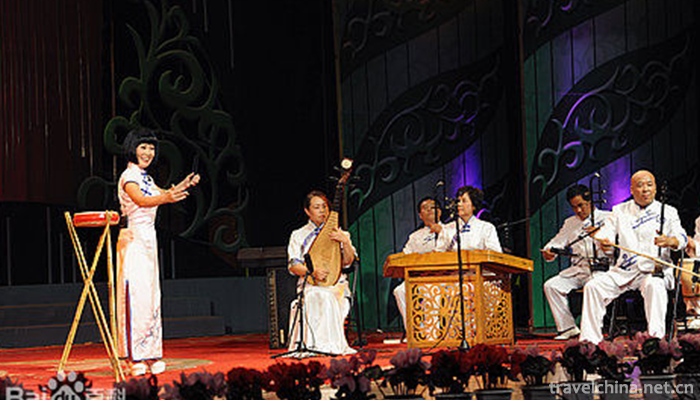
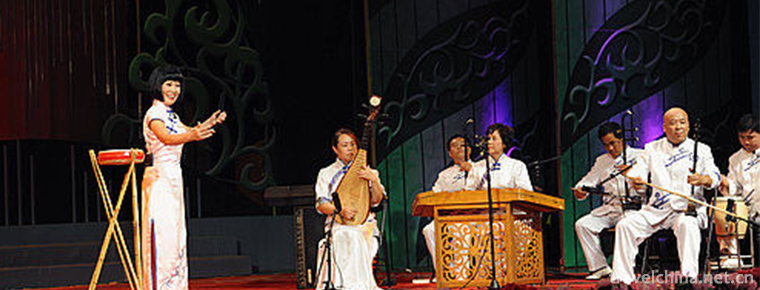
Sanxianshu
-
Yesanpo Scenic Area Laishui County Baoding
The Yesanpo Scenic Area of Laishui County, Baoding City, Hebei Province, is located in Laishui County, Baoding City. The Taihang Mountains and Yanshan Mountains
Views: 242 Time 2018-11-24 -
Shanghai Fangta Garden
Fangta Garden is one of the gardens in the ancient city of Songjiang, which is mainly composed of historical relics. The garden covers an area of 182 mu. The site was originally the downtown center of
Views: 170 Time 2018-12-19 -
Fulaishan Scenic Area
Fulaishan Scenic Spot, located about 8 kilometers west of Juxian County Town, is a national AAAA-level tourist scenic spot, provincial scenic spot, provincial geological heritage nature reserve, and i
Views: 195 Time 2019-01-12 -
Huang Sha ancient ferry
The original eco-tourism scenic spot of Huangsha Gudu is one of the eight scenic spots of Ningxia in Ming and Qing Dynasties, including the national AAAA-level tourism scenic spot, the National Wetlan
Views: 172 Time 2019-01-18 -
Gao Jia Opera
Gaojia Opera, a local traditional drama in Quanzhou City, Fujian Province, is one of the national intangible cultural heritage.
Views: 174 Time 2019-04-30 -
bir bala
Kazakh is a music-loving nation, known as "horses and songs are the wings of Kazakhstan". Folk songs play a very important role in Kazakh music. Where there is a felt room of Kazakh people,
Views: 129 Time 2019-05-02 -
Nail twist Jiaru jiacuo
Jiaru is a traditional dance of Mosuo people in Lugu Lake, Yunnan Province. It is a song and dance for people to celebrate harvest, festivals and pray for gods.
Views: 299 Time 2019-05-05 -
The Firing Techniques of Jun Porcelain
Jun porcelain firing technology, Yuzhou City, Henan Province, traditional handicraft, one of the national intangible cultural heritage.
Views: 200 Time 2019-05-08 -
Qiyang Opera
Qi Opera is one of the traditional local dramas in Hunan Province. It is also called Qiyang Band, Qiyang Opera in the early years of the Republic of China, and Qiyang Qidong Opera in the folk
Views: 111 Time 2019-06-10 -
Taohuawu Wood Engraving New Year Picture
Taohuawu New Year Picture is a Folk Woodcut New Year Picture in the south of the Yangtze River. It was named for its production in the area of Taohuawu in Suzhou. It and the woodcut New Year pictures
Views: 190 Time 2019-06-18 -
Cave Building Techniques
Cave dwelling is an ancient dwelling form of residents on the Loess Plateau in Northwest China. The history of cave dwelling can be traced back to more than 4,000 years ago. The Chinese people creativ
Views: 132 Time 2019-07-11 -
Hulusheng Dance of Yi Nationality
Hulusheng Dance of Yi Nationality, the traditional dance of Wenshan Zhuang and Miao Autonomous Prefecture in Yunnan Province, is one of the national intangible cultural heritage.
Views: 136 Time 2019-07-12
